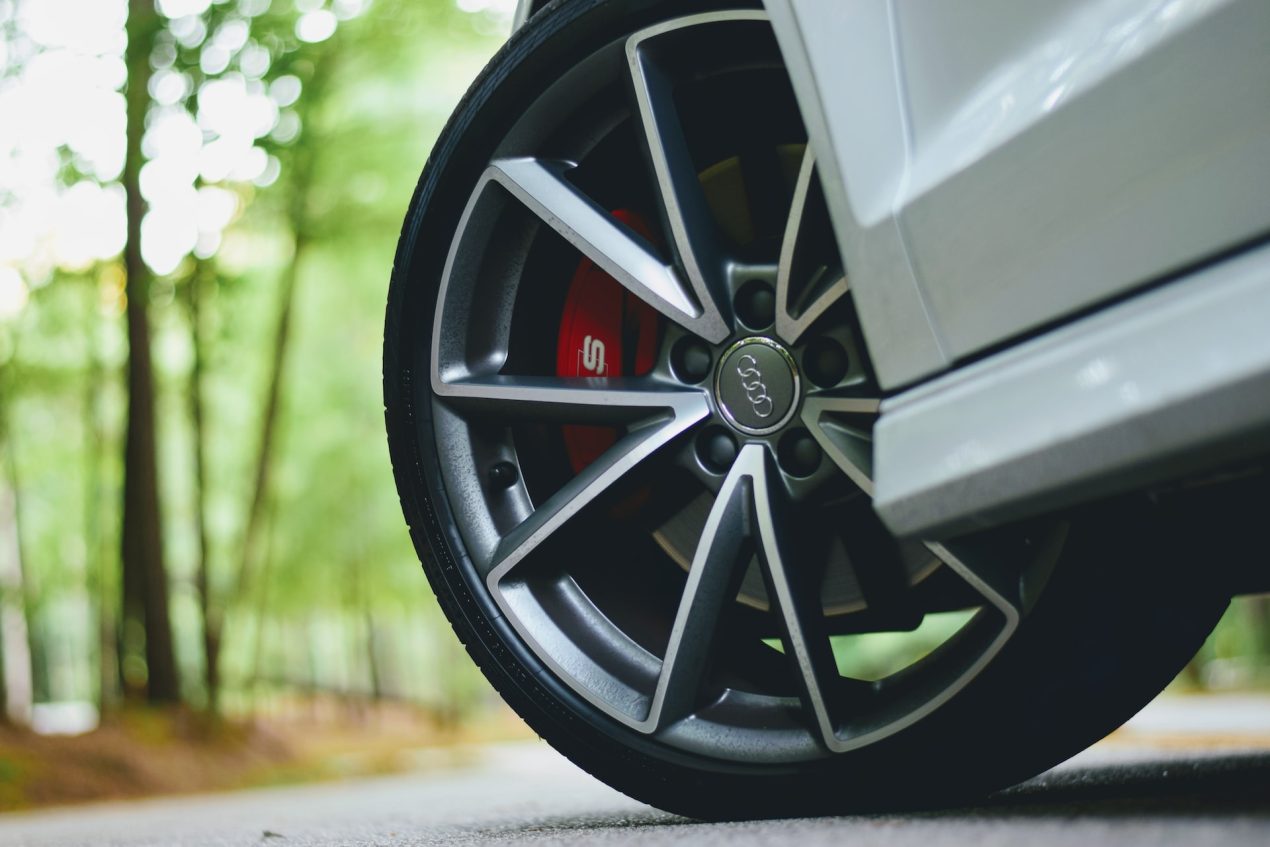Run flat tires are a technology that has been around for more than 20 years and is becoming increasingly popular with drivers. Instead of changing a flat tire on the side of the road, run flat tires allow you to continue driving until you can reach a service station or other safe destination.
Let’s take a look at how run-flat tires work and the benefits they offer.
What are Run Flat Tires?
Run flat tires are designed to be self-supporting in case of a puncture or loss of air pressure, allowing drivers to safely drive up to 50 miles at speeds under 50 mph.
They have reinforced sidewalls which support the weight of the vehicle even when there is no air pressure in the tire, and some models also include sensors that alert drivers when there is an issue with their tires.
Advantages of Run Flat Tires
The most obvious advantage of run-flat tires is that they eliminate the need for roadside assistance in case of a puncture or deflation. This means fewer unexpected costs and less stress for drivers who don’t have to worry about changing a tire on the side of the road.
Additionally, since they don’t require an extra spare tire, run flat tires save space in your trunk and make your car lighter, improving fuel efficiency. Finally, because they are better able to handle impact from potholes and other hazards, run-flat tires tend to last longer than traditional ones.
Disadvantages of Run Flat Tires
While there are many advantages to using run flat tires, there are also some drawbacks. For one thing, these tires can be quite expensive; depending on your vehicle type and tire size, you may pay considerably more for run flats than traditional ones.
Furthermore, because these tires are designed for temporary use only (as opposed to long-term driving), drivers must get them replaced as soon as possible after experiencing any kind of deflation or puncture, otherwise they could end up compromising safety on their next drive.
Finally, not all vehicles come with factory-installed run flats; if you want these features on your car then you may need special aftermarket wheels which could add additional cost and complexity to the process.
Conclusion:
Run flats have become increasingly popular with drivers in recent years due to their convenience and cost savings over traditional tires. While there are certainly some drawbacks such as cost and limited life span compared to regular tires, these features can still be worth it for those who frequently drive long distances without access to roadside assistance or who don’t want the hassle of changing a tire every time it goes flat.
Ultimately it’s up to individual drivers whether or not they want to invest in this technology, but understanding what makes them different from regular tires will help make sure you know what you’re getting into before making a purchase decision.



